Replacing old or damaged siding on your house with new siding can make a world of difference. New siding adds curb appeal and at the same time can make your home more energy efficient. It also improves your chances of selling a home fast — and at a higher price.
Dave Loewen, with Hawkins Exteriors in Yuba City, Calif., said homeowners often don’t notice their old, worn-out siding.
“Most people know they need a new roof because they can see or feel water coming through the roof,” Loewen said. “What I find is most people don’t realize how bad their siding is. I go to a lot of jobs where they want you to inspect their siding and they have old paneling that’s been on there for 30-plus years. I usually recommend a customer have us come out and do an inspection and show them how we can make a lifetime, long-term, low-maintenance, energy efficient finish on their exterior. Think of it as replacing a roof. It’s a long-term investment, but it’s going to be there the next 30 years and will improve the value of your home.”
The most popular siding choices these days are insulated vinyl board and fiber cement, which have largely replaced aluminum and wood siding.
Fiber cement is the siding type preferred by homeowners “looking to get a wood look,” Loewen said, but doesn’t rot or attract insects like wood. Fiber cement is also fire resistant and won’t incur damage from hail like vinyl or aluminum. Fiber cement does require a certain level of expertise to install, so it’s important to check that the installer is certified by the product manufacturer.
“Labor wise, (fiber cement) is a little bit more expensive,” Loewen said. “It’s a custom product. It looks very professional when it’s all said and done.”
Vinyl siding requires less maintenance than fiber cement. It lasts 50 years — about as long as fiber cement — but is prone to fading over time from exposure to the sun and cracking from extreme cold temperatures.
“Vinyl washes down really easily with a brush and some soap and water,” Loewen said. “What’s very common these days is to have a vinyl (with) the insulation on the back of it and attached to it. So, you get an insulated siding. Most people have a misconception about vinyl siding. They think it’s flimsy, going to twist, wrinkle and fall off the house; that kind of stuff. But really it has improved over the last 20 years. It’s a very appealing product when you actually see it.”
Ultimately, homeowners considering investing in siding should examine the pros and cons of the different siding types and choose what best fits their personal tastes and budgets.
“If they’re looking for a long-term solution where they don’t ever have to paint anything, we would recommend the vinyl,” Loewen said. “It has a lifetime warranty. You never have to pick up a paintbrush and paint up high. It’s great for us baby boomers who have better things to do with our time.”
Just as important as deciding what type of siding to choose is deciding who should install it. Look for a siding company that has a proven history of doing good work for its customers. Homeowners risk voiding the warranty for siding that’s installed improperly or by a company not certified by the manufacturer.
“You want somebody who’s going to be there for the long haul,” Loewen said. “There typically are going to be some serious issues that pop up over time. It might not be the first few years, but 10 years down the road there might be a piece of siding that’s not holding on tightly to the house or something to that effect and somebody needs to repair it. We get lots of calls from people that can’t find the company that originally installed their project.”
Angie Hicks is the founder of Angie’s List, a resource for local consumer reviews on everything from home repair to health care.
Send questions/comments to the editors.

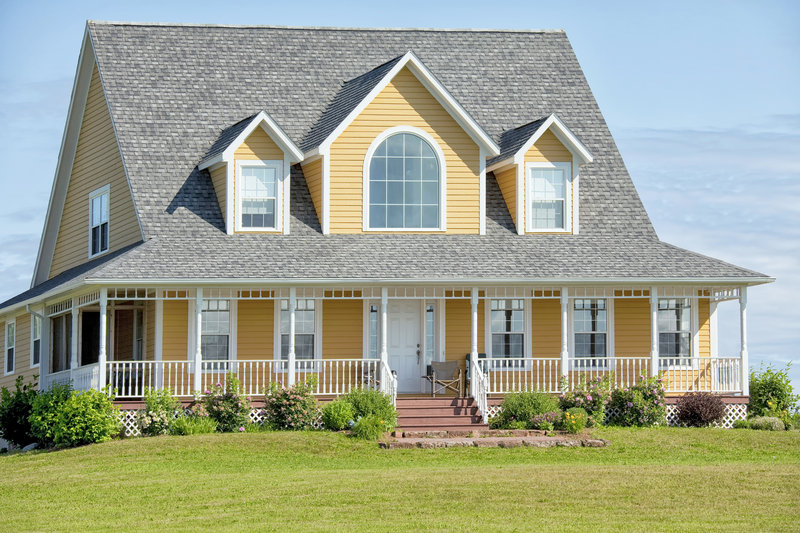
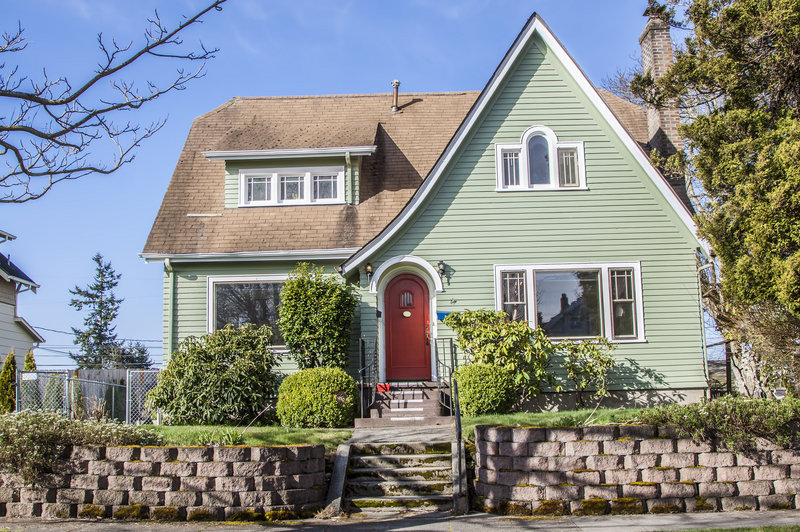
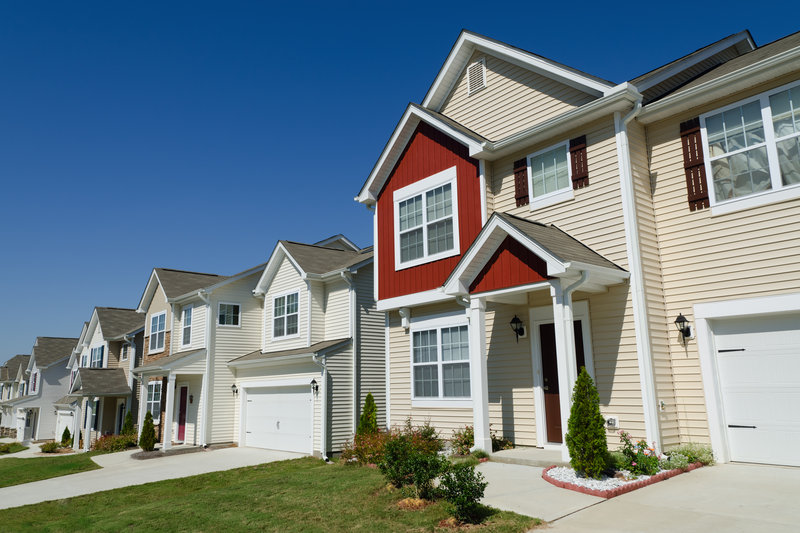
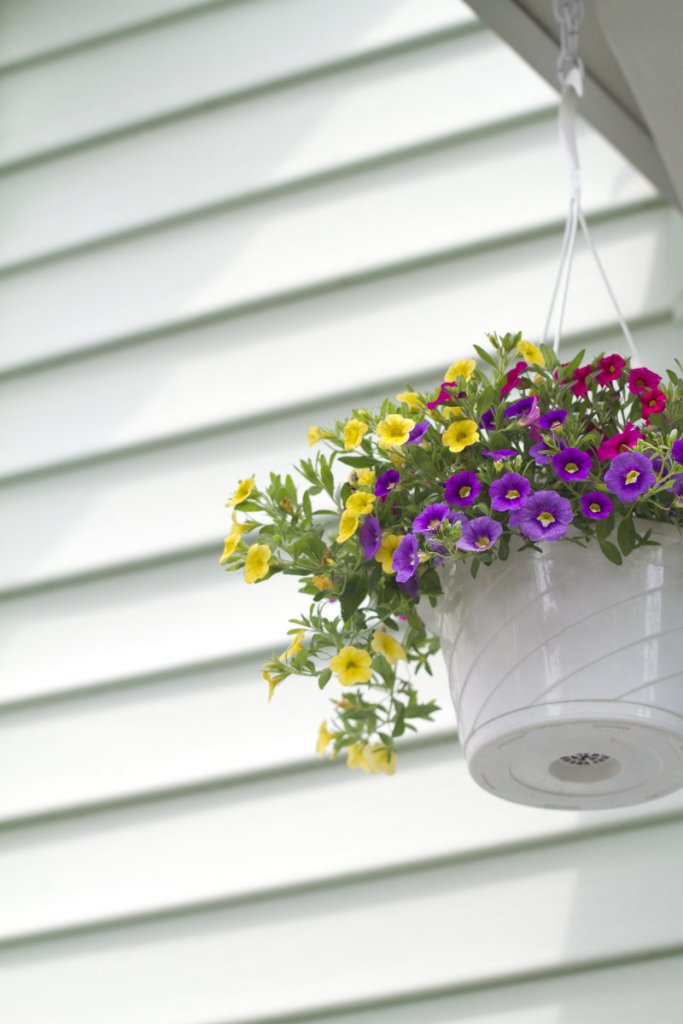
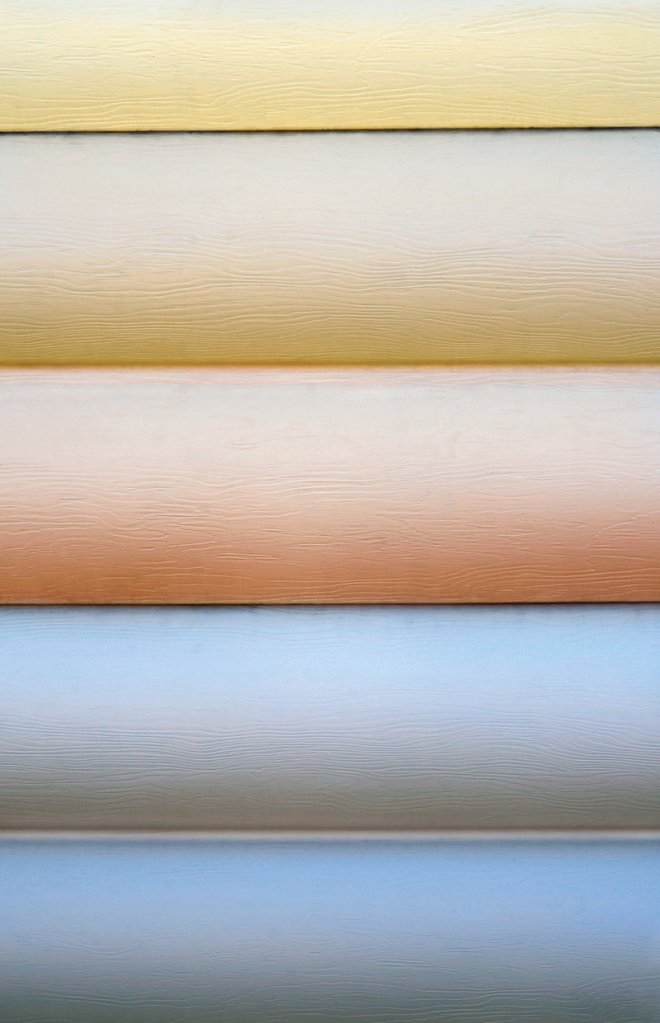
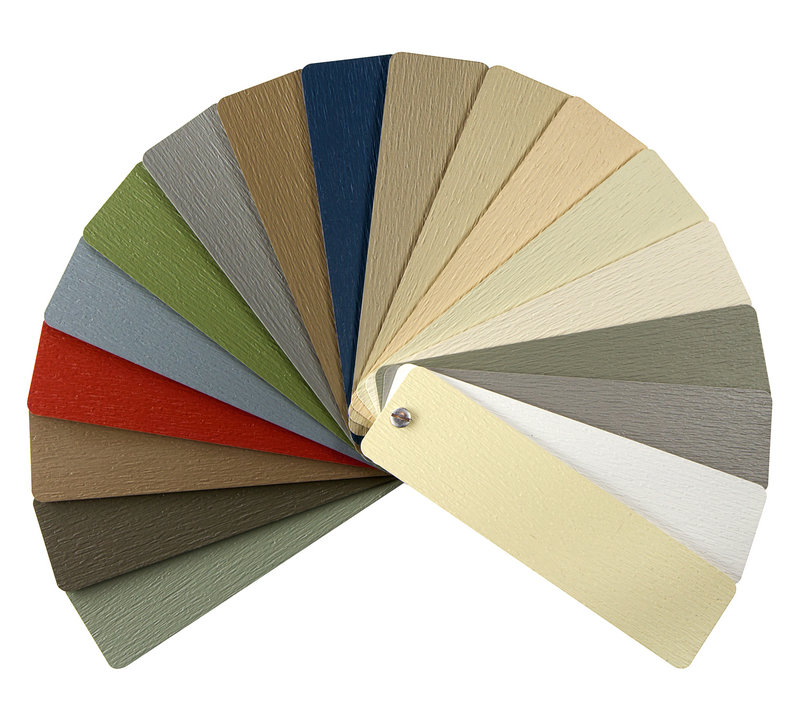

Success. Please wait for the page to reload. If the page does not reload within 5 seconds, please refresh the page.
Enter your email and password to access comments.
Hi, to comment on stories you must . This profile is in addition to your subscription and website login.
Already have a commenting profile? .
Invalid username/password.
Please check your email to confirm and complete your registration.
Only subscribers are eligible to post comments. Please subscribe or login first for digital access. Here’s why.
Use the form below to reset your password. When you've submitted your account email, we will send an email with a reset code.